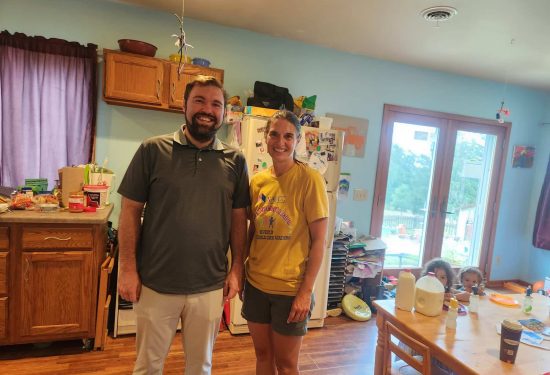Home Grown convened a diverse group of home-based child care providers to inform the following recommendations to the White House Conference on Hunger, Nutrition, and Health. Participating providers include both Home Grown’s Provider Advisors, who inform Home Grown’s strategies and priorities, and providers in Home Grown’s Leading from Home initiative, who are actively leading, engaging, and supporting providers in their communities. Home-based child care providers shared ideas for the federal and state government roles, including ways to decrease experiences of hunger for family child care providers and the children and families in their care.
Home Grown and CACFP Letter to White House Team on Hunger

Home-based child care providers share feedback and insight on their experiences with legislative visits during the 2025 August recess.
Families and child care providers are being squeezed as pandemic-era supports expire and federal funding stalls. Across the country, home-based providers are struggling to stay open amid lower reimbursements and rising costs. Without stronger federal investment in the Child Care and Development Block Grant (CCDBG), tens of thousands of children could lose access to care.


